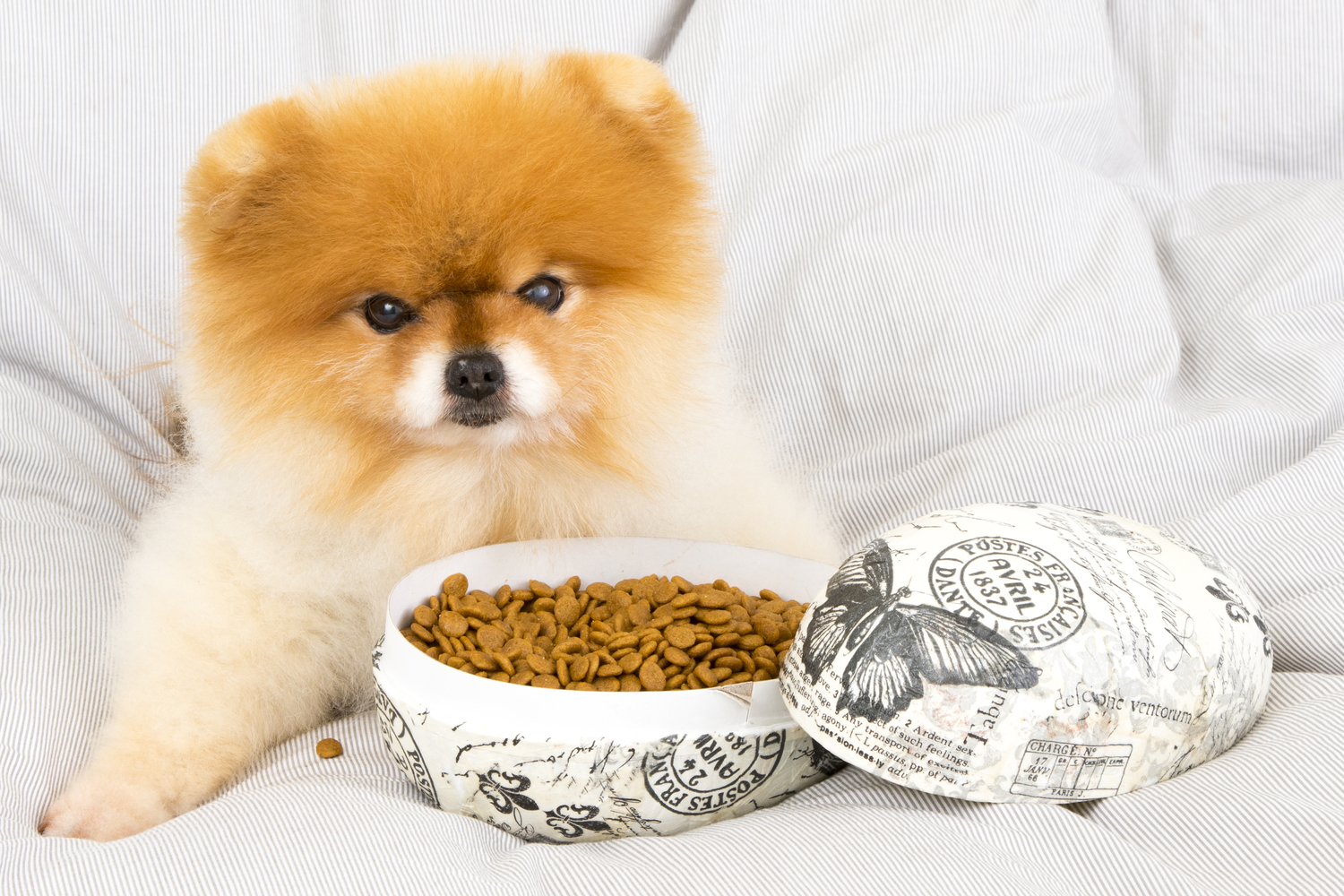
Surprising Sources of Food Toxicity for Pets
The saying “curiosity killed the cat” exists for many reasons, one of which is pet toxicity. Cats and dogs are curious animals and possess a keener sense of smell than humans. They follow their nose to investigate the source of whatever new smells intrigue them (i.e., Bully stick treats to the foods you and your family are eating). Dogs discriminate less when licking and snacking, so toxicity occurs more often in dogs. The following foods are considered harmful for pets:
1. Onions and garlic
Onions, chives, garlic, and all other members of the allium family in any form, damage red blood cells in cats and dogs, causing anemia. These foods also create gastrointestinal problems for a pet. Many soups, seasonings, and broths contain garlic or onions. Pet owners need to read labels carefully before feeding human food to their cats and dogs.
2. Raw eggs, raw meat and bones
Raw meat and raw eggs may contain E coli or Salmonella. E coli and Salmonella are as dangerous to cats and dogs as they are to humans. Cooking the meat destroys the toxic bacteria. Parasites such as tapeworms could be living in the raw meat. Raw egg whites contain avidin. Avidin blocks vitamin B from being digested by an animal’s intestinal system, decreasing the animal’s ability to digest protein. Healthy skin, fur, and claws require sufficient amounts of vitamin B. Cooking the egg eliminates the risks from toxic bacteria and avidin. Pets should not ingest anything containing raw eggs, such as raw cookie dough or caesar salad dressing.
3. Chocolate
Dogs and cats are unable to metabolize theobromine, although humans metabolize it quickly. The slow metabolic rate allows toxic levels of theobromine to build up in the animal’s system. Symptoms of pet toxicity in cats and dogs caused by chocolate include diarrhea, restlessness, and vomiting. The stronger the chocolate, the more dangerous it is. Baker’s chocolate tops the list, followed by dark, semi-sweet, and milk chocolate. Chocolate makers do not use cocoa solids to produce white chocolate. However, white chocolate contains a small amount of cocoa butter.
4. Caffeine
Caffeine accumulates quickly in a cat’s or dog’s bloodstream, especially if the animal is lightweight. Caffeine causes hyperactivity and an increased heart rate. Serious symptoms include high blood pressure, tremors, and seizures. Humans need to keep pets away from chocolate, coffee, coffee liquor, cola, black and green teas, energy drinks, espresso, and food containing any of the ingredients listed above.
5. Grapes and raisins
Researches have not yet discovered the toxic substance in grapes, currants, and raisins. Many jellies and jams contain grapes and currants. Ingesting even a small number of one of these foods causes kidney failure in dogs and cats. Symptoms of pet toxicity in cats and dogs who have ingested grapes, raisins, or currants include vomiting repeatedly, abdominal pain, and dehydration. Lethargic behavior and diarrhea are additional symptoms.
Pet owners need to store these common foods away from pets. Pet owners should be mindful of their pet’s location when cooking, eating, or drinking any of these substances. Households with a cat or dog also need to be diligent about cleaning up dishes, surfaces, and floors after a meal. Awareness, thought, and care will help a pet live a long and healthy life.



